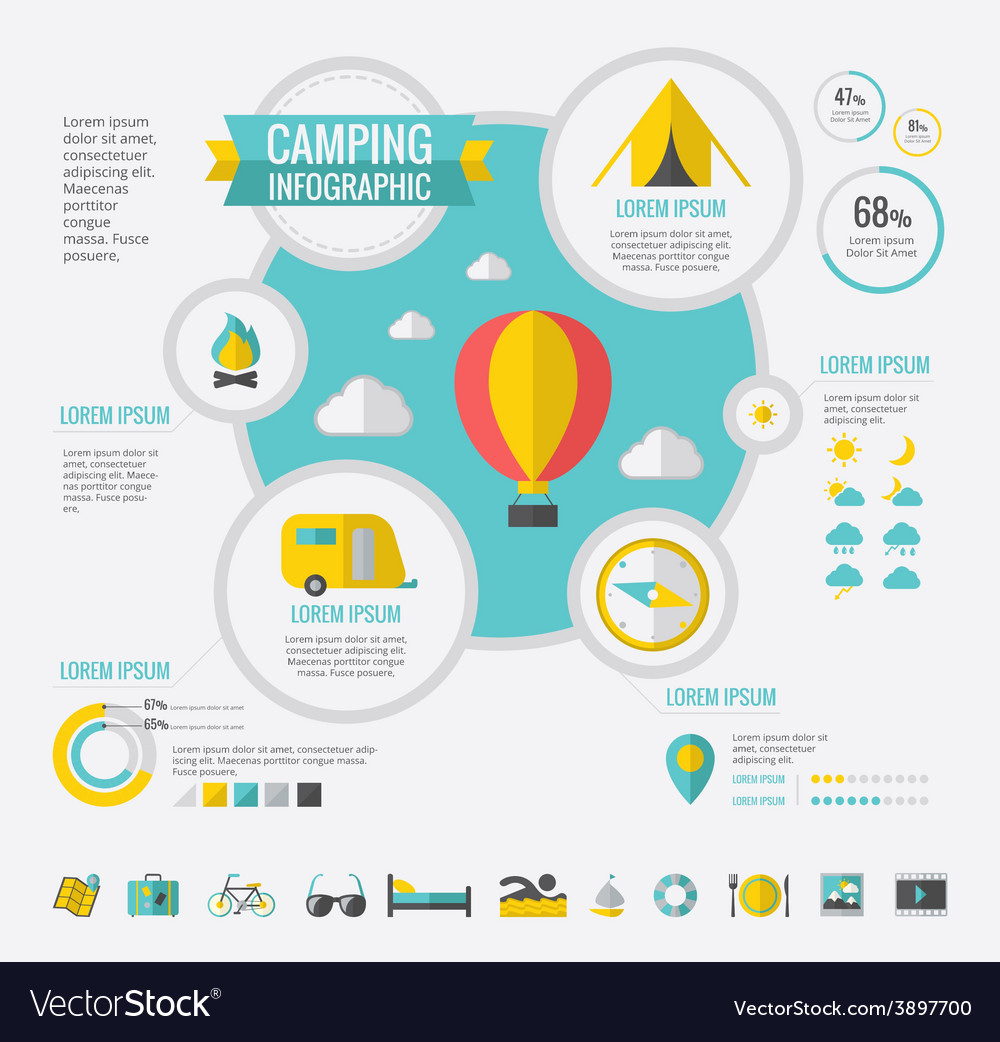The rainfall fly is an essential element of your camping tent, securing it from rainfall, wind and harsh sunlight. Whether you pick a roomy multi-room tent or light-weight backpacking camping tent, you'll find that a top quality rainfly improves your outdoor experiences.
Try to find a rainfly with durable products and a high waterproof score. Consider the weight and packability of a rainfly when choosing it for backpacking journeys.
Sleeping Camping tent
A rainfly provides additional defense for your camping tent from unanticipated showers. Its design disperses rainfall and snow and helps stop water from pooling on the top of your camping tent. This can create the fabric to sag and cavern, leading to leaks.
Modern rainfly textiles consist of polyurethane or silicone finishings to offer exceptional waterproofing. Several likewise feature secured seams to stop water from dripping through sewing. Some even have reflective patches to aid you find your tent in low-light problems.
Choose a rainfly that mirrors the climate and camping problems you experience most regularly. As an example, desert campers need a rainfall fly that blocks wind and UV rays. Backpackers should think about ultralight rain flies to decrease pack weight without jeopardizing defense. Try to find adjustable add-on points that enable you to change the tension on the fly to make sure that it is tight and located properly to avoid leaks. A well-positioned rainfly can likewise manage temperature level and reduce condensation inside the tent.
Tarp
Tarps are flexible items of outdoor camping equipment, and a tarpaulin sanctuary can be among one of the most comfortable options for camp. In addition to being able to be configured in unlimited methods, tarpaulins likewise often tend to call for much less equipment than outdoors tents and are much lighter in weight.
A significant benefit to tarpaulin sanctuaries is that they permit enough air flow. While this can be a disadvantage for some campers, that could favor to have an extra encased room, it is a vital consider maintaining owners from overheating and lowering the build-up of condensation that can endanger the textile.
Similar to various other setups, when establishing a tarp shelter, ensure the ridge line is set up at an angle to help direct rain and snow far from the sanctuary. An excellent ridgeline can additionally maintain wind from blowing the tarp around. Guarantee the tarp is secured effectively with appropriate linking strategies, such as a prusik knot (or gliding knot), at elevations that produce adequate head space and are not a tripping risk, and slope the tarp suitably for water drainage.
Protection
A rainfly is among the most important items of outdoor camping devices to cause any trip. It shields your outdoor tents from weather condition that can sustainable bag rapidly change, allowing you to remain comfy and enjoy your wilderness journeys.
Modern rainfall fly designs use more than just water-proof defense. Some have built-in solar panels to aid you maintain charged on the go, while others have flexible vents for air flow to mitigate condensation build-up. Picking a rainfly that fits your requirements and preferences is essential for the general experience.
Search for lightweight textiles, such as nylon or polyester, and polyurethane finishings to increase water resistance. Additionally think about the rainfly's head hydrostatic pressure ranking, which assists you gauge its capacity to stand up to rainfall and wind. Remember that rain flies typically need to be cleaned up after each use, because dust can wear on the waterproof layer. It's ideal to clean and shop it in an amazing, dry area to avoid mold and mildew and mildew.
Sanctuary
A rainfly is a crucial piece of equipment for your hammock, securing you from the elements and making certain that you can sleep comfortably. When choosing a rainfly, consider the environment and conditions in which you'll be outdoor camping. For example, exotic environments might require a rainfall fly that has high humidity and UV security. Other factors to consider include material kind and weight. Search for alternatives that are lightweight and made from long lasting products that withstand abrasions and discolorations.
If you don't have a rainfall fly, you can create a makeshift sanctuary using a tarp. Nonetheless, it's finest to establish your rain security initially before installing the rest of your camping tent. This ensures that you can rapidly and conveniently get in and out of your hammock in case of an abrupt storm or modification in weather. Likewise, see to it that your rain fly is appropriately secured to prevent waving in the wind. Remember that rain flies and insect webs should be cleaned up on a regular basis to prevent mud, mildew and mold and mildew from accumulating over time.
